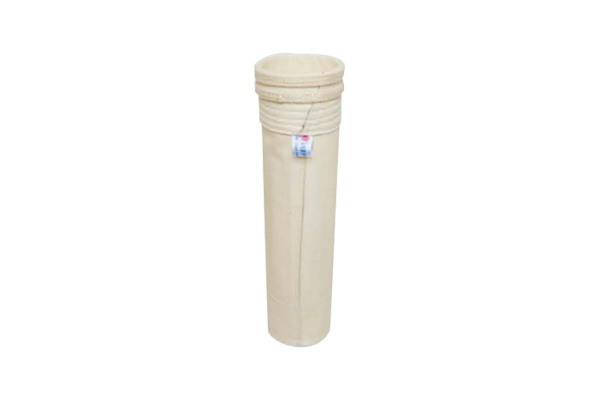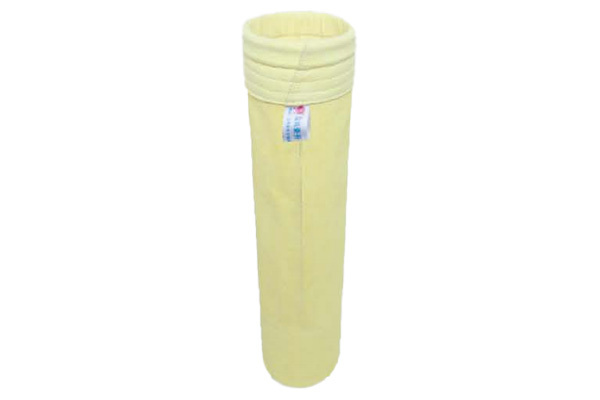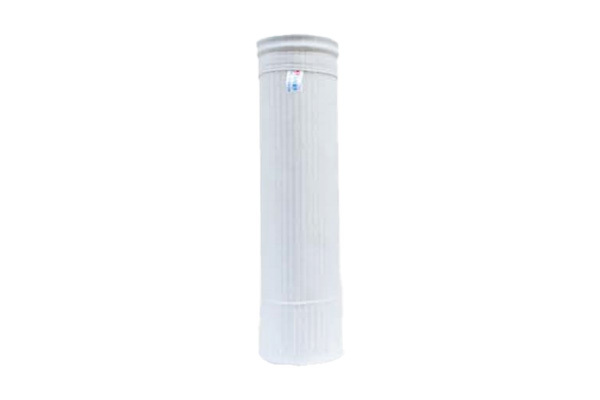Troubleshooting Common Issues with PPS PTFE Composite Filter Bags: A Comprehensive Guide
Release time:
2025-06-06
Troubleshooting Common Issues with PPS PTFE Composite Filter Bags Introduction to PPS PTFE Composite Filter Bags PPS PTFE composite filter bags are essential components in various industrial filtration processes. These bags are designed to withstand harsh environments and provide high filtration efficiency, making them indispensable in industries such as chemical processing, food production, and p
Troubleshooting Common Issues with PPS PTFE Composite Filter Bags
Introduction to PPS PTFE Composite Filter Bags
PPS PTFE composite filter bags are essential components in various industrial filtration processes. These bags are designed to withstand harsh environments and provide high filtration efficiency, making them indispensable in industries such as chemical processing, food production, and pharmaceuticals. However, like any industrial equipment, filter bags can encounter issues that may compromise their performance. Understanding how to troubleshoot these problems is crucial for maintaining optimal filtration and ensuring the longevity of your equipment.
Understanding the Composition and Functionality of PPS PTFE Filter Bags
PPS (Polyphenylene Sulfide) and PTFE (Polytetrafluoroethylene) are both high-performance materials known for their chemical resistance and durability. The combination of these materials results in filter bags that can operate effectively under extreme temperatures and corrosive conditions.
Key Features of PPS PTFE Composite Filter Bags
1. **Chemical Resistance**: These filter bags can handle aggressive chemicals without degrading.
2. **Temperature Tolerance**: They can function effectively in high-temperature applications.
3. **Low Surface Energy**: PTFE's properties prevent material build-up, enhancing filtration efficiency.
4. **High Filtration Efficiency**: Designed to capture fine particles and contaminants effectively.
Common Issues with PPS PTFE Composite Filter Bags
Despite their robust construction, PPS PTFE composite filter bags can experience several issues. Recognizing these problems early can prevent costly downtime and extend the lifespan of the filter bags.
1. Clogging of Filter Bags
**Symptoms**: Reduced flow rates and increased pressure drop across the filter.
**Causes**: Clogging occurs when particulate matter accumulates on the surface or within the bag, often due to improper filtration practices or the presence of too many fine particulates.
Troubleshooting Clogging Issues
To address clogging, consider the following steps:
- **Assess the Feed Quality**: Ensure the material being filtered does not have an excessive amount of fine particles.
- **Adjust Filtration Process**: Modify the filtration parameters to enhance the flow and prevent clogging.
- **Regular Maintenance**: Schedule routine cleaning or replacement of filter bags to maintain optimal performance.
2. Bag Rupture or Tear
**Symptoms**: Leaks or loss of containment during operation.
**Causes**: Excessive pressure, mechanical damage, or improper installation can lead to tears in the filter material.
Troubleshooting Bag Rupture Issues
To troubleshoot ruptures, follow these guidelines:
- **Inspect Installation**: Ensure the filter bag is installed correctly without excessive tension or misalignment.
- **Monitor System Pressure**: Regularly check system pressure to avoid exceeding the filter’s rated capacity.
- **Evaluate Operating Conditions**: Review the operating environment for potential mechanical hazards that could damage the bags.
3. Poor Filtration Performance
**Symptoms**: Increased turbidity or contamination in the filtered product.
**Causes**: This can result from the use of degraded or incompatible filter media, or incorrect filtration parameters.
Troubleshooting Poor Filtration Performance
To enhance filtration performance, consider:
- **Check Filter Bag Integrity**: Ensure the bag is not worn out or compromised.
- **Adjust Filtration Velocity**: Evaluate and adjust the filtration velocity to optimize performance.
- **Review Maintenance Protocols**: Implement a consistent maintenance schedule for replacing and cleaning filter bags.
4. Dimensional Changes in Filter Bags
**Symptoms**: Bags appear stretched or have an altered shape.
**Causes**: Exposure to extreme temperatures or chemical conditions can lead to dimensional instability.
Troubleshooting Dimensional Changes
To address changes in dimensions, consider:
- **Temperature Monitoring**: Ensure that temperature levels remain within the operational limits of the filter bags.
- **Material Compatibility Check**: Verify that the chemicals being filtered are compatible with PPS PTFE materials.
- **Regular Inspections**: Conduct periodic inspections to catch any dimensional changes early.
Preventive Measures for Optimal Filter Bag Performance
Implementing preventive measures can significantly reduce the occurrence of issues with PPS PTFE composite filter bags.
1. Regular Maintenance Schedule
Establishing a proactive maintenance schedule helps in timely detection and resolution of potential problems. Routine checks can include:
- **Visual Inspections**: Look for signs of wear, tear, or clogging.
- **Pressure Monitoring**: Keep track of pressure levels to identify any abnormalities early.
2. Proper Installation Techniques
Ensuring that filter bags are installed correctly is vital. Follow these steps for proper installation:
- **Training Personnel**: Train staff on the correct installation techniques to avoid common mistakes.
- **Using Appropriate Seals**: Ensure that sealing mechanisms are utilized effectively to prevent leaks.
3. Selecting the Right Filter Bag for the Application
Choosing the correct filter bag based on the application requirements is crucial. Consider factors such as:
- **Particle Size**: Match the filter bag’s rating to the size of particles you need to filter.
- **Chemical Compatibility**: Ensure the materials are suitable for the chemicals in your process.
FAQs About Troubleshooting PPS PTFE Composite Filter Bags
1. What are the signs that my filter bag needs to be replaced?
Common signs include visible tears, significant pressure drops, and persistent clogging despite maintenance.
2. How often should I inspect my filter bags?
Regular inspections should be conducted at least once every month, or more frequently in high-demand environments.
3. Can I clean PPS PTFE composite filter bags for reuse?
While some types of filter bags can be cleaned, it is recommended to consult the manufacturer's guidelines, as improper cleaning can damage the bag.
4. What are the best practices for storing filter bags before use?
Store filter bags in a dry, cool environment away from direct sunlight, and handle them with care to avoid any physical damage.
5. How do I know if my filtration system is suitable for PPS PTFE filter bags?
Consult the filter bag specifications and your system’s operational parameters to ensure compatibility, including pressure and temperature ratings.
Conclusion
Troubleshooting common issues with PPS PTFE composite filter bags is essential for maintaining optimal filtration performance in industrial applications. By understanding the potential problems, implementing preventive measures, and conducting regular maintenance, businesses can ensure the longevity and efficiency of their filtration systems. Addressing these issues proactively will not only enhance operational efficiency but also contribute to cost savings and improved product quality in the long run.
latest News










